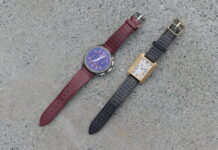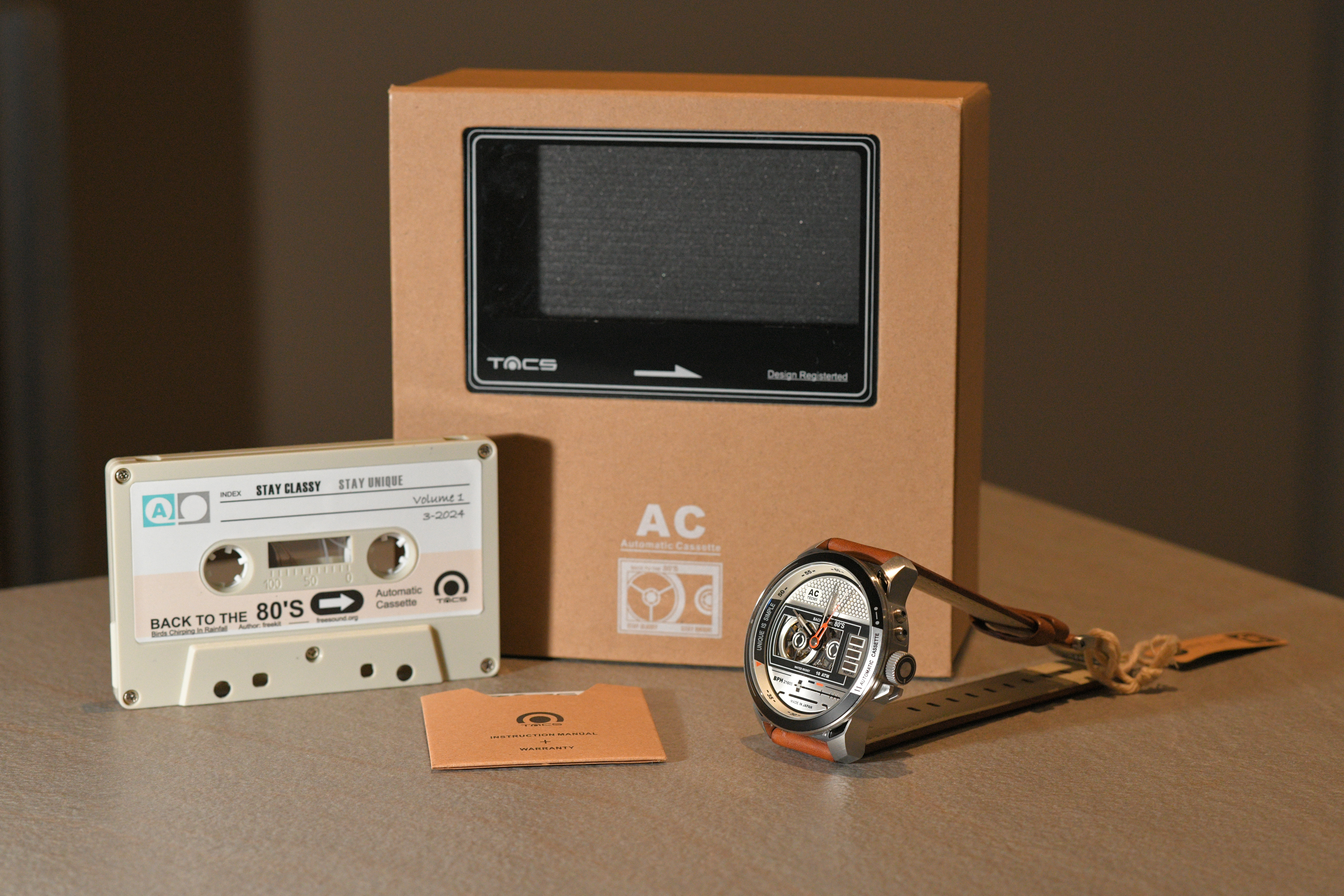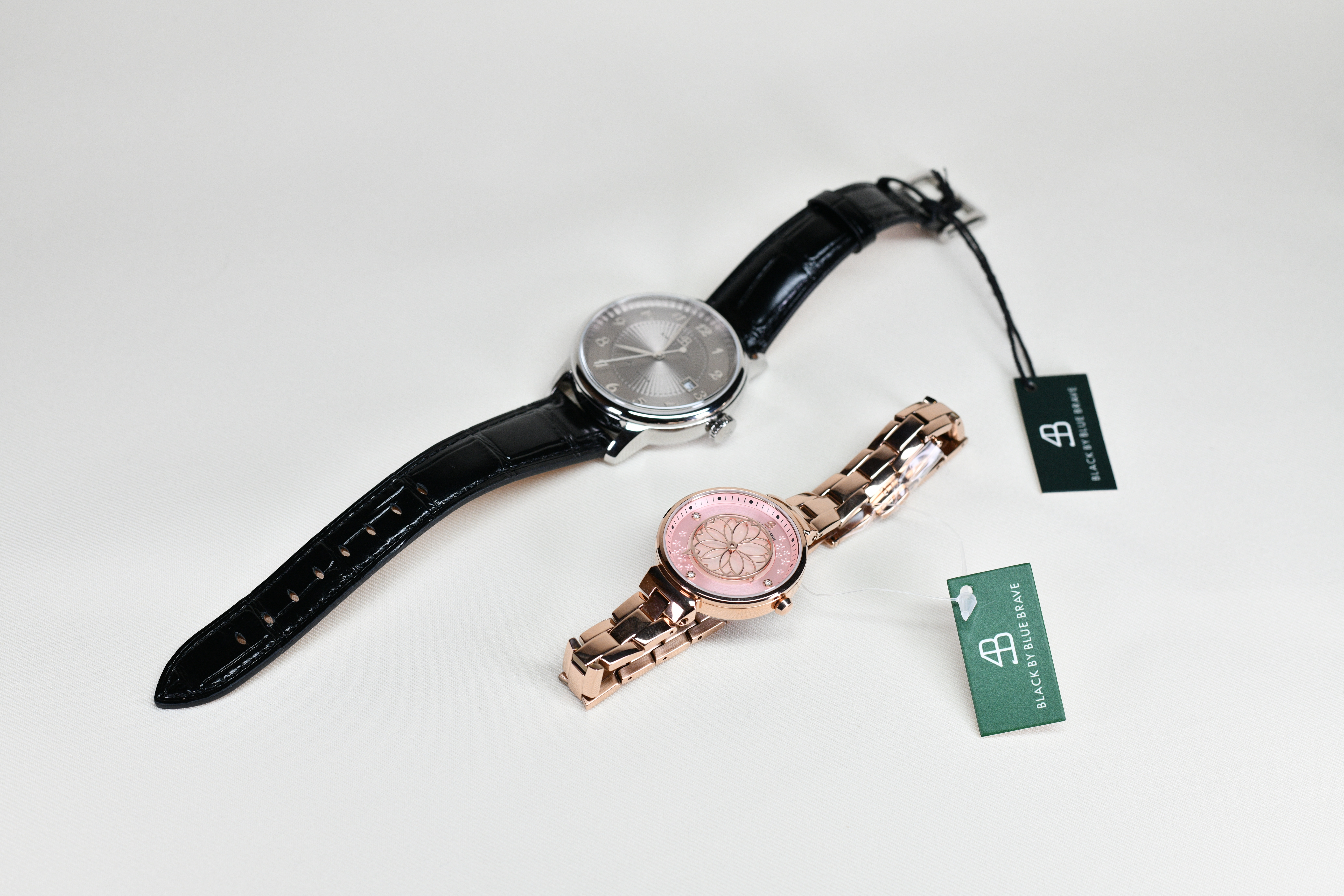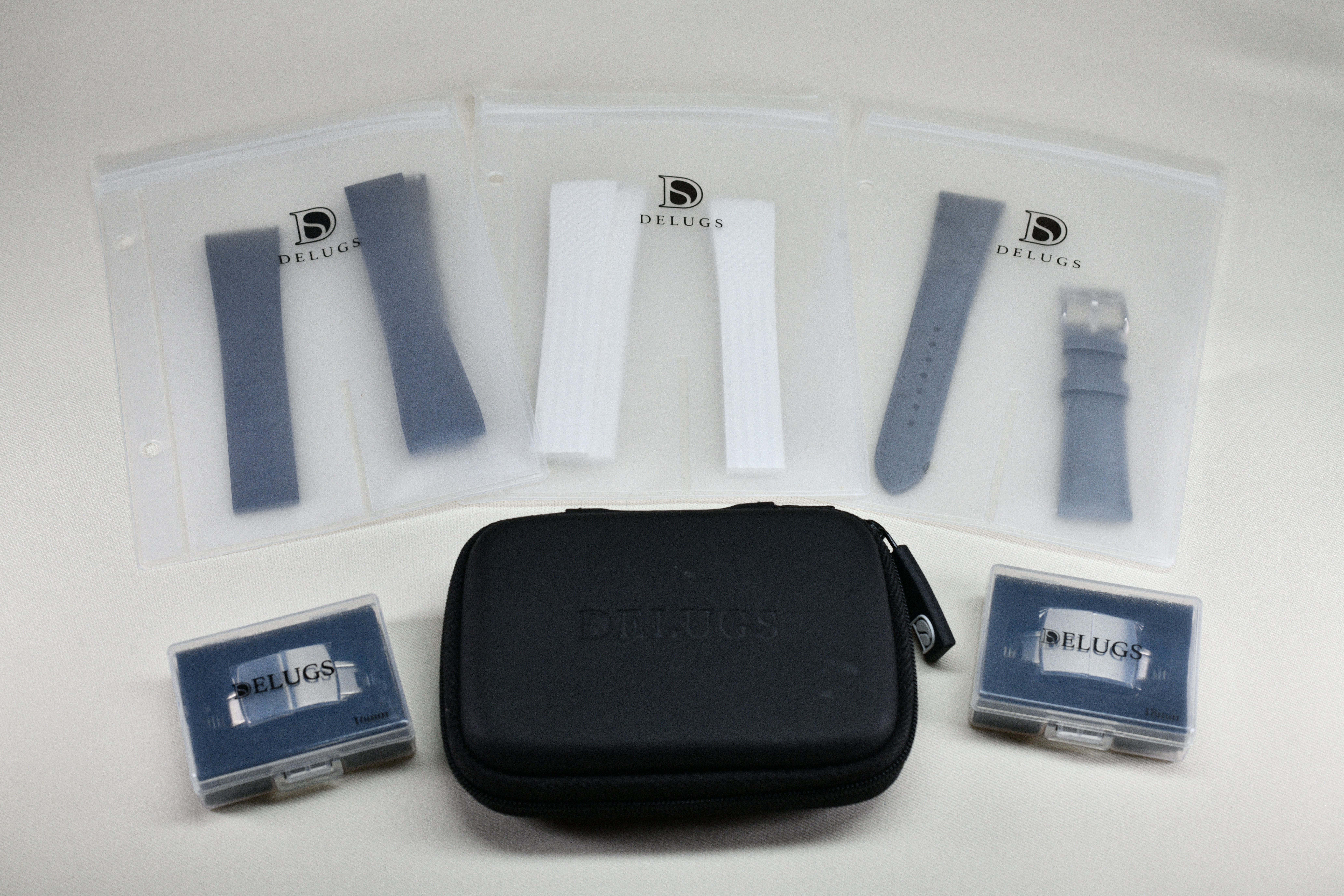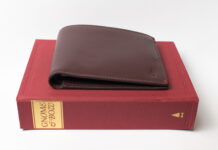Gen Z and their Watches is a feature series that looks at four different profiles, each representing a different facet of watch collecting. If you haven’t already done so, do check out Part 1 of the series here.
The second part of Gen Z and their Watches looks at Benjamin and his love for vintage watches. This is his watch story.
Benjamin was in a buoyant mood when we met – the mental health startup he was working at had just raised US$10 million in Series A funding. “It’s the largest Series A ever raised by a mental health startup in Asia,” he enthused.
Working in a tech startup, one would expect Benjamin to be interested in the latest trends – cryptocurrency, non-fungible tokens, perhaps even virtual real estate. He upends that stereotype by stating that he’s “not interested in fads”, before showing me the 1920s Longines he was wearing as a riposte.
He describes his love for vintage watches as something of an accident. “I was in America for my university exchange, and I just decided to browse eBay out of curiosity,” he said.
He chanced upon a listing for a Soviet-era Raketa watch. He said: “The asking price was only US$15 (S$20), and it was supposedly functional, so I bought it on a whim.”
It was the best $20 that Benjamin had ever spent. Amazed by how the Raketa offered so much for so little, he went on a vintage watch shopping spree, and hasn’t looked back since.
“Vintage watches have a je ne sais quoi that you just don’t find in modern watches,” he said, before enthusiastically taking me through the five watches he had brought to our interview.
Vostok Druzhba
After being enamoured with the Raketa, Benjamin chanced upon another Soviet-era watch on eBay, the Vostok Druzhba. Made in the 1950s for the Chinese market, the watch was meant to celebrate the Communist comradeship between the two countries – Druzhba is Russian for friendship.
The dial depicts the Forbidden City and features engraved Chinese numerals. It also has the words “友好报” – which translates to brotherhood – inscribed beneath a pair of Soviet and Chinese flags.
Benjamin said: “It’s a watch that captured a pivotal moment in history, and I was able to snag it on eBay for just US$50 (S$68) – an absolute steal.”
Longines Jamboree
Benjamin’s first Swiss timepiece was a Longines Jamboree from the 1960s. He also purchased it from eBay whilst in the US, this time for US$475 (S$645).
“It was my most expensive purchase at that point,” he recalled. “I remember running out of money afterwards so that was the last watch I bought while on exchange.”
Benjamin felt its caramel patinaed dial was worth the splurge. Patina refers to the natural aging process watches undergo due to repeated exposure to environmental factors such as oxidization and sunlight. Considered cosmetic damage by some, patina is often beloved by vintage watch collectors who believe it gives the watch added character.
He likens the aging process of watches to that of wine. “The older the wine is, the more it’s appreciated. The same applies to watches,” he said, adding that patina makes a watch unique as no two watch age identically. “It reveals the watch’s history – an indication of where it’s been, how it’s been worn, etc.”
LeCoultre Futurematic
Next is the LeCoultre Futurematic, which ignited Benjamin’s appreciation for the technical aspects of watchmaking.
Made in the 1950s, the LeCoultre Futurematic was one of the first watches to feature a power reserve indicator, which indicates how much charge is left on a watch’s winding. “I bought one because it represented an advent in watchmaking technology,” said Benjamin.
Despite being over 70 years old, the bumper movement within remained pristine. It featured prominent Cote de Geneve, a form of movement decoration that features a series of parallel stripes or spirals. Benjamin said: “It made me realise that a watch is more than just its outer aesthetic – the movement matters too.”
The watch also got Benjamin interested in the history of major watch brands. The LeCoultre Futurematic drops the ‘Jaeger’ at the front – a sign of the era and location it was produced in. During the 1950s, import tariffs in the US were high. To avoid the tariffs, an American arm of Jaeger LeCoultre was set up to manufacture and market its watches domestically, with the ‘Jaeger’ moniker dropped to differentiate between its European and American offerings.
“I was initially unsure if it was a genuine Jaeger LeCoultre, so I had to do my own due diligence on it,” said Benjamin, adding: “It was fascinating to research about the Jaeger LeCoultre brand and learn how it – and other major watch brands – has changed over the decades.”
Universal Geneve Polerouter
In addition to brand history, Benjamin also read up on the provenance behind the most iconic watches of today, such as the Patek Philippe Nautilus and the Audemars Piguet Royal Oak. He learnt that both watches were designed by the same visionary – Gerald Genta. Benjamin said: “He designed his first watch at just 24 – the same age as I was then!”
That watch was called the Polerouter and was designed by Gerald Genta for a Swiss brand by the name of Universal Geneve. Made for the Scandinavian Airline System to commemorate the first trans-Atlantic flight over the North Pole, the Polerouter is commonly regarded as his first notable work.
Significantly more affordable – though still not cheap – than Genta’s later works, the Polerouter became Benjamin’s grail watch. “I planned to get one to commemorate graduating from university,” he said.
However, Benjamin managed to acquire one much earlier than expected. While having dinner at the McDonalds on campus, he saw an example of the Polerouter – with the coveted ‘broad arrows’ hands – come up for sale on Instagram. “I remember asking my dinner companion to leave me alone for five minutes, because I knew I had to get the watch immediately,” he recalls.
Benjamin’s eyes lit up as he recalled the moment he first strapped on the Polerouter. “The fact that it was designed by the same person who designed the Nautilus and the Royal Oak made me feel like I was wearing a piece of watchmaking history,” he said. “It’s like driving a car that’s designed by Enzo Ferrari – it’s just an incredible, surreal feeling.”
Longines Art Deco ‘Tank’
Benjamin saved his best for last. “My current favourite is older than my grandparents,” he said, before fondly describing his 1920s Longines timepiece as an “oldie but a goodie”.
Made from sterling silver due to the shortage of steel after World War 1, the watch features exploding numerals that were distinctive of the Art Deco era. Due to its enamel nature, the dial remains pristine despite being made nearly a century ago.
The watch remains in great condition and functions without a hitch. Benjamin said: “Its timeless nature encapsulates why I find vintage watches to be so much more interesting than their modern counterparts.”
“There’s just more weight to vintage watches that makes them special.”
All photos courtesy of Benjamin, unless otherwise stated.
P.S: Check out The Shiok Store here – it serves as a curation of my favourite products from my favourite brands.
P.P.S: Do check out the new “Discounts!” page for exclusive discounts for Wah so Shiok readers! More brands will be added very soon – stay tuned!
P.P.P.S: If you haven’t already, do follow my social media channels on Facebook here, on Instagram here, and on Youtube here.
P.P.P.P.S Shiok is a common word Singaporeans use to express admiration or approval. As of 2016, you can find the definition of the word in the Oxford English Dictionary.

